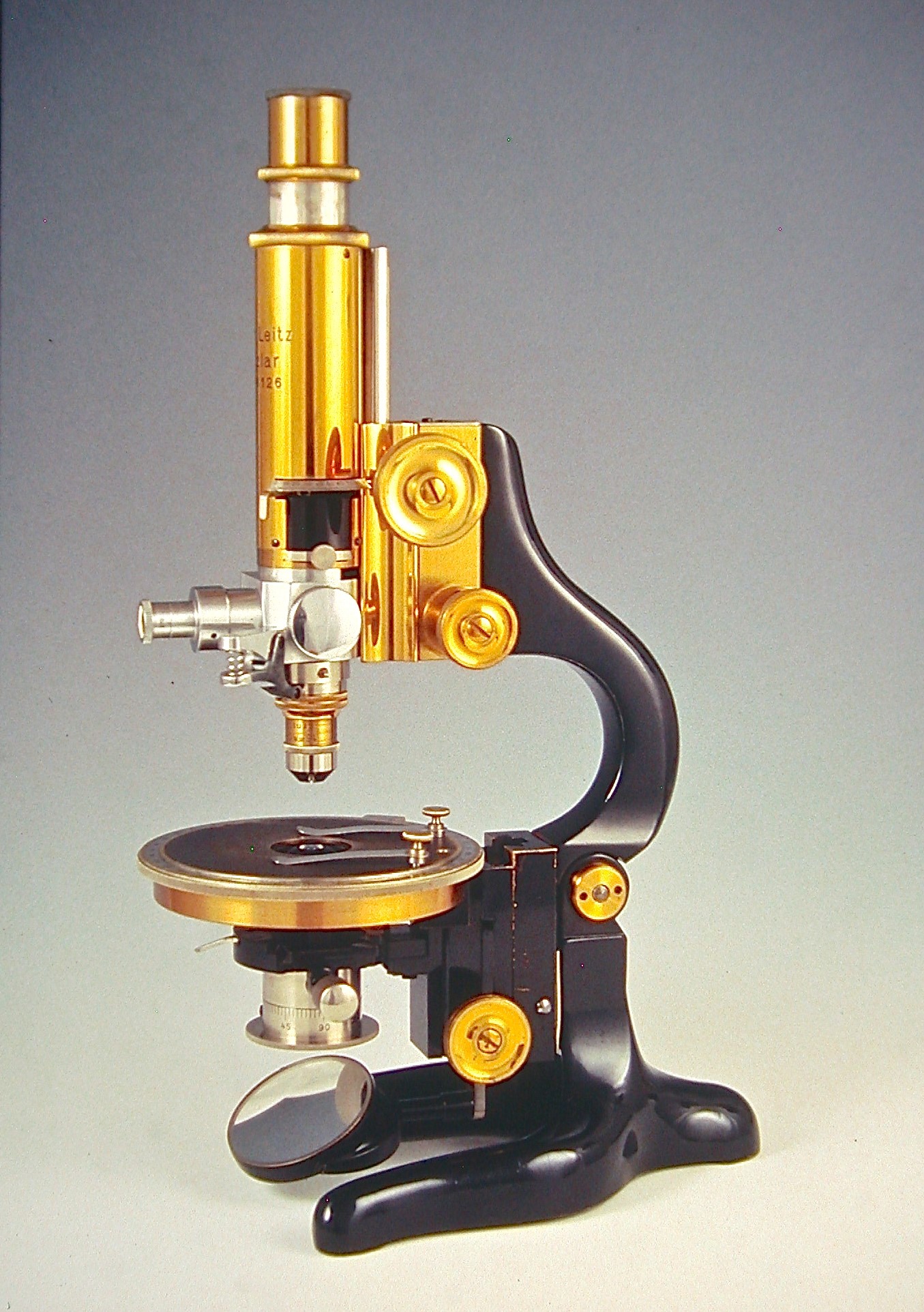
- This event has passed.
WMMI Speakers’ Bureau Lecture with Daniel Kile
June 12, 2018 @ 7:00 pm - 9:30 pm
$5
Introduction to Ore Microscopy
Ever since ore minerals have been mined, there has been a need to identify them and discern their chemistry and associations. This information is essential to the mining industry to assess the value of the ore, and to determine the most efficient means of concentrating the mineral of economic interest. This lecture will highlight some of the important observations and corresponding properties that can be evaluated with an ore microscope, and give an overview of the basic equipment required to do so.
The reflected light/ore microscope used for ore microscopy was developed in the 1920s. In contrast to a transmitted light microscope that is used to examine rock thin sections, an ore microscope utilizes vertically incident light to examine the metallic, opaque minerals that are of economic importance. Optical properties of reflectance, bireflectance, and anisotropism, as well as physical properties of cleavage, twinning, internal reflections, and hardness, as can be observed in an ore microscope, will be summarized in this lecture, in addition to a discussion and demonstration of some of the required equipment.
Despite the advent of X-ray diffraction and microbeam techniques to determine quantitative chemistry, the utility of the ore microscope has not been rendered obsolete. Interpretation of replacement and weathering processes, textures, and intergrowths can significantly affect the outcome of ore beneficiation – and only visual observation with polarized–reflected light can provide that information.
This will be a one-to-two hour lecture, and will assume a basic knowledge of mineralogy.
Lecture Outline:
The ore microscope: Construction, light path
Reflected light: Incident/bright field vs. oblique/dark field illumination
Polarized light: Plane and crossed polars
Ore mounts & ore leveling press
Basic Properties: Color, reflectance, hardness
Optical Properties: Observations in plane polarized light (bireflectance, cleavage); observations in partly crossed polarized light (anisotropism, twinning, internal reflections)
General Observations: Weathering/alteration, replacement, exsolution, deformation
Mineral groups: Native elements, sulfides, sulfosalts, oxides, arsenides
Resources for ore mineral identification: Texts, charts
Author Biography
Daniel Kile was formerly a Research Geochemist with the U.S. Geological Survey, and currently is Scientist Emeritus with that organization, as well as Adjunct Faculty at the Hooke College of Applied Sciences (Westmont, Illinois), where he teaches Optical Crystallography. He has taught Ore Microscopy at both the Colorado School of Mines and at the Hooke College of Applied Sciences, and was previously Adjunct Faculty at the Colorado School of Mines where he taught a semester class in Optical Mineralogy. He has written nearly 150 articles and abstracts in the fields of mineralogy and environmental sciences, published in professional journals and magazines, and has been a guest lecturer at numerous earth sciences organizations over the past 40 years.
Only $5 per person! Free to Museum Members.
Please RSVP to 719-488-0880 or email rsvp@wmmi.org
